This piece originally appeared on CODO’s Beer Branding Trends newsletter. Join 5,500+ other brewing industry folks on who receive monthly field notes covering trends, currents and actionable advice from the front lines of beer branding.
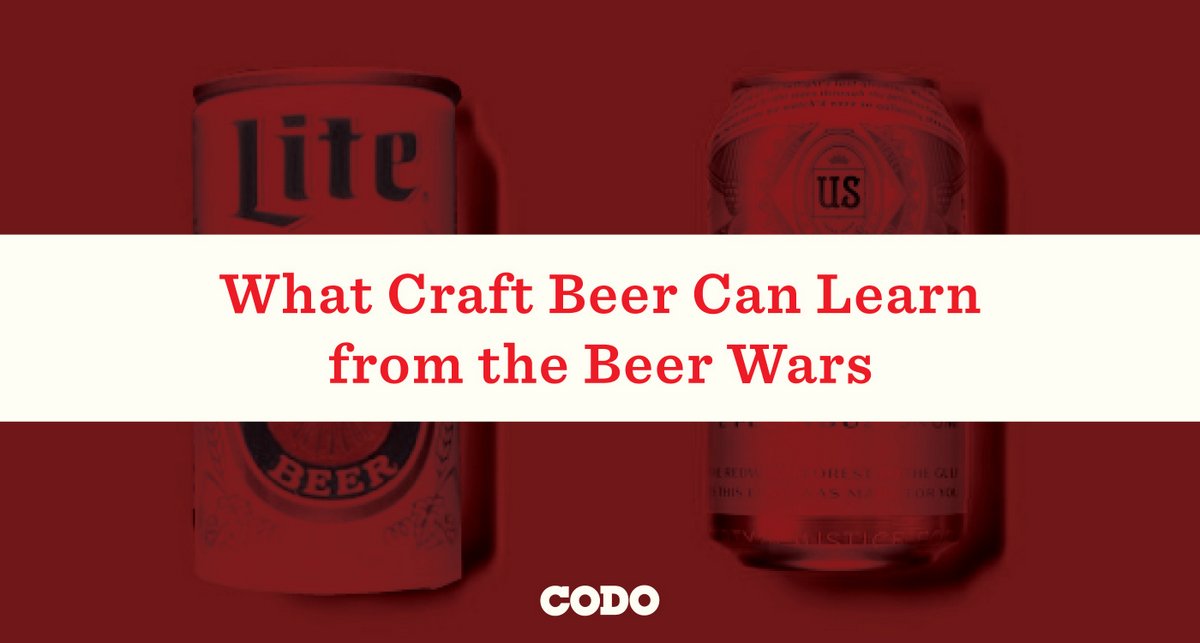
I just finished rereading Bitter Brew: The Rise and Fall of Anheuser-Busch and America’s Kings of Beer. It’s a fun book about the history of Budweiser and the American beer industry as a whole. This book offers loads of valuable insights for today’s craft brewer, including:
- Pivoting to stay viable (if you think the pandemic has been bad, imagine 13 years of outright prohibition)
- How the beer industry evolved from artisan brewer to the world of mergers and acquisitions
- The rise of advertising and branding theory
- -he perils of focusing on your competition instead of improving your own product, positioning and brand
- Bracketing, i.e. introducing multiple similar products in order to muddle product distinction and steal share. e.g. Miller Light (alone) vs. three Budweiser products: Bud Light, Micehlob Light and Natural Light.
- Brand Extensions and the risk of cannibalizing your own portfolio
- The introduction of faux craft (e.g. Plank Road)
- Hubris. Hubris. Hubris.
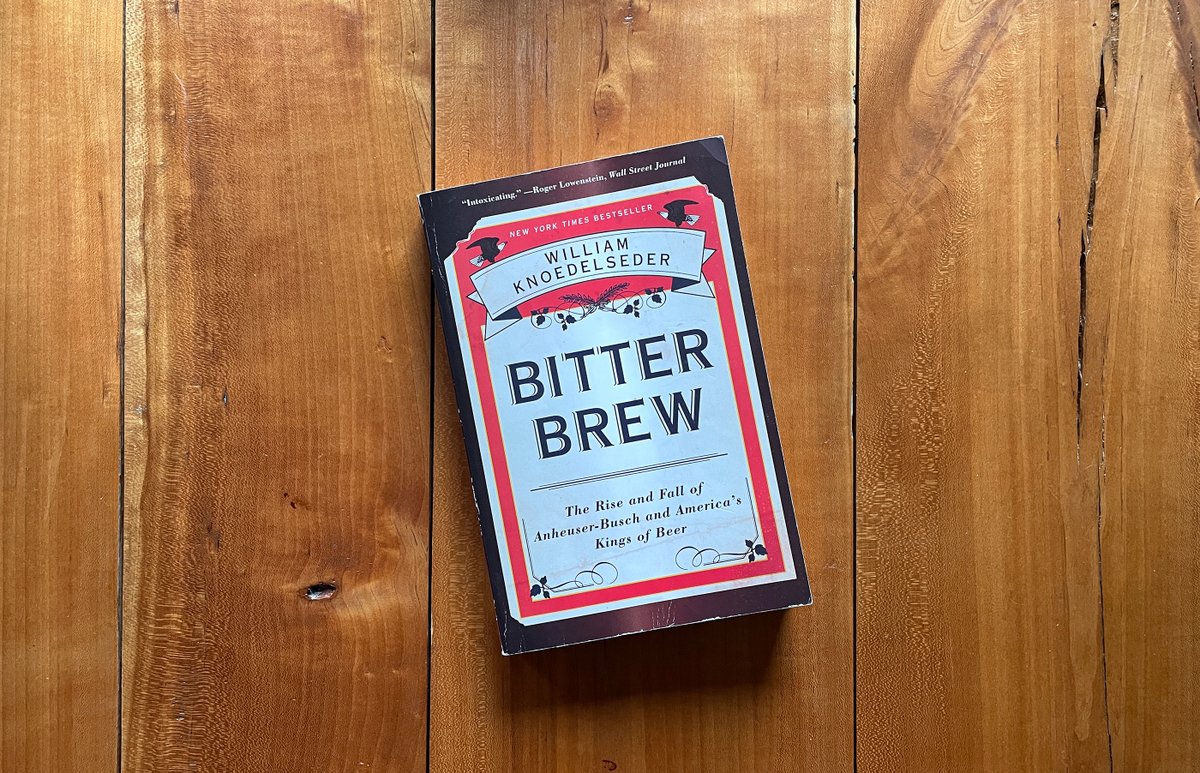
There’s a lot of fun stuff here, but there are two themes I want to focus on for today’s conversation specifically — reframing value props and the importance of living by your brand values.
1. Reframing Value Props (even negatively perceived ones) into powerful differentiators
Light Beer existed for a decade or so without becoming a mainstream sensation because it was seen as an inferior product — something that women and men (whose doctors and wives had them on a diet) drank. A true blue collar guy (this was the 70’s, relax people) wouldn’t be caught dead with the stuff.
That is until some smart marketing folks at Miller Brewing discovered an interesting consumer insight. Some men were drinking Light beer not because they were worried about their health (or, presumably, their glorious 1970’s dad bods), but because it tasted about as good as “regular” beer, but was less filling. So they could drink more of it.
This subtle shift — this alchemy — completely recasts the exact same product as not a drink for women and dieters, but for “real” men who want to drink more beer after a long day at work.
Folks who study advertising history will recall a number of these reframing feats from the past, like Guinness’ Good things come to those who wait, or Hertz’s We’re #2 so we try harder.
Or even the perniciously powerful Marlboro Man campaign. Historically marketed as a women’s cigarette brand, Marlboro embraced the image of a stoic cowboy fending for himself out in the West (Flavor Country?) to capture the hearts of millions of male consumers who had returned home from war only to find themselves stifled by 1950’s office life. Gross and cynical? Yes. Effective and powerful? Very.
–
Quick aside here: this is also the quintessential examples of why Categorical Differentiation is so powerful. In doing this, Miller Brewing single handedly defined, and owned, the Light beer category for decades.
2. Compromising your values is a road to ruin
Schlitz Brewing was once one of the best selling beer brands in the world. It was so powerful that it threatened to put Budweiser and Miller out of business for decades. Then in the 1970’s, Schlitz management decided to start juicing profits by cutting production costs, namely, using cheaper ingredients and employing state of the art brewing process “efficiencies” (a churched up way of saying “make it faster and cheaper”).
Looking for cost efficiencies is good business. But finding those efficiencies by using cheaper, lower quality ingredients and assuming your customers are too dumb to notice is bad business.
Fast forward a few years and Schlitz’s bad business practices caught up with them. A string of QC issues begat major PR issues begat a complete loss of trust from their customer base. The straw that broke the back of Schlitz’s once powerful brand was a new stabilizer that caused proteins in the beer to bind and hang in the glass. This was described as being “Hazy” (they were about 50 years too early on that trend) at best, and “looking like mucus was in the glass” at worst. Ouch.
–
You brand (reputation) is your brewery’s most important asset. Yes, even more valuable than your beer itself. But no amount of great branding can cover for a low quality product. And definitely not for a product whose quality suddenly declines.
Since we’re talking about beer in the 1970’s, let’s close this out with some sage grandpa wisdom:
Trust is hard to earn and easy to lose.
Actionable Takeaways
1. Here’s a great podcast series that covers this book. Give this a listen if you’re more of an audio person.
2. Don’t ever cut corners when making your beer. Or at least don’t let the accountants back near the brewhouse.
Join CODO’s Beer Branding Trends newsletter for monthly field notes covering trends, currents and actionable advice from the front lines of beer branding.

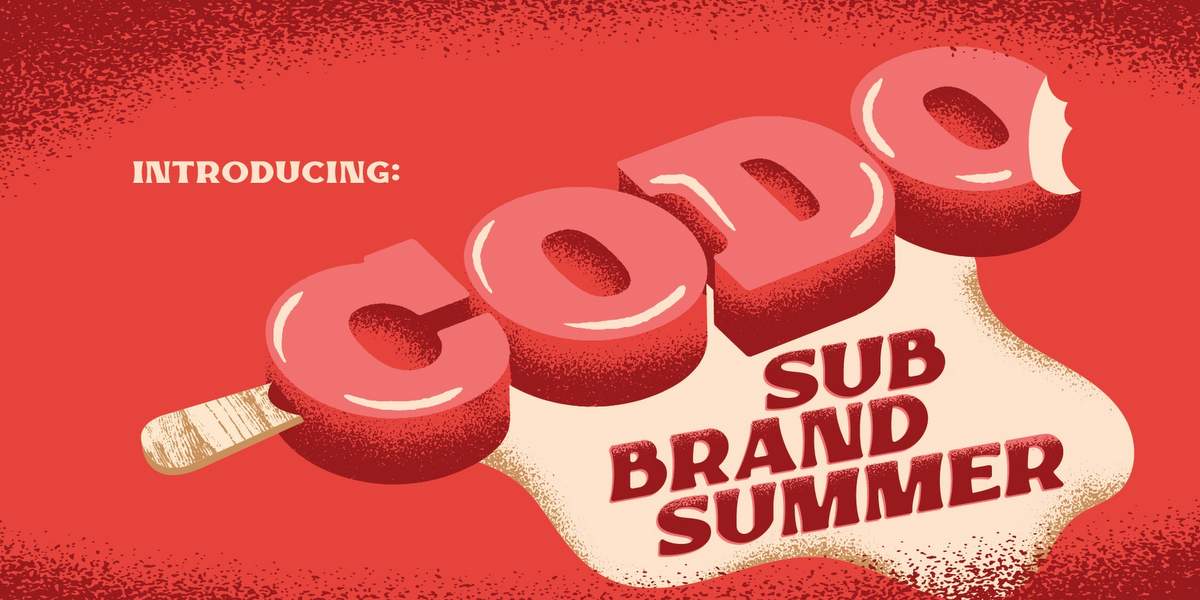
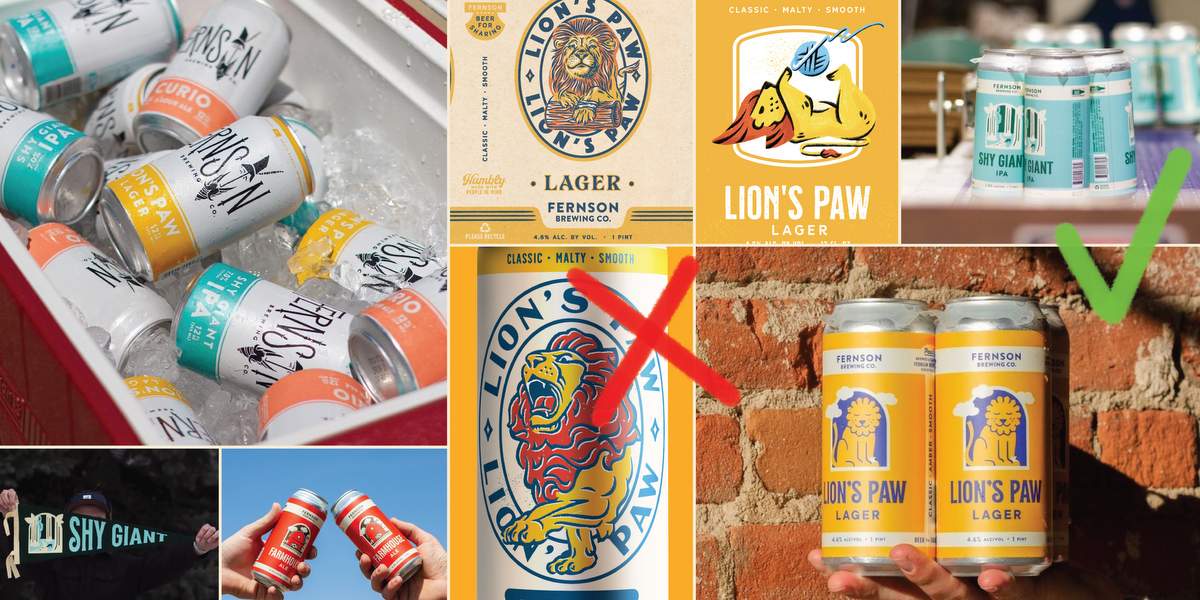
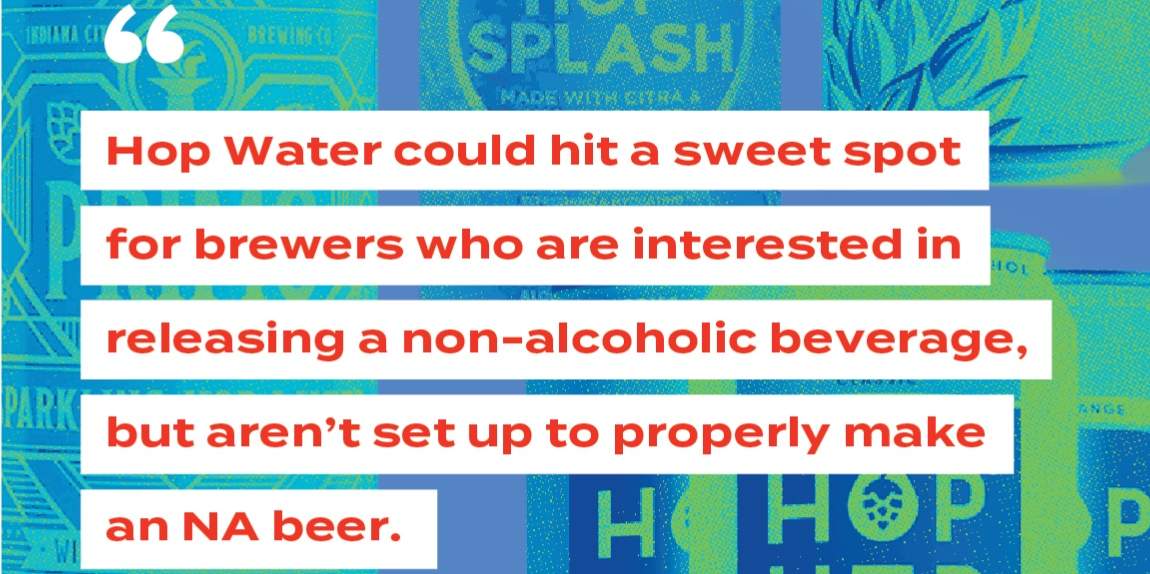
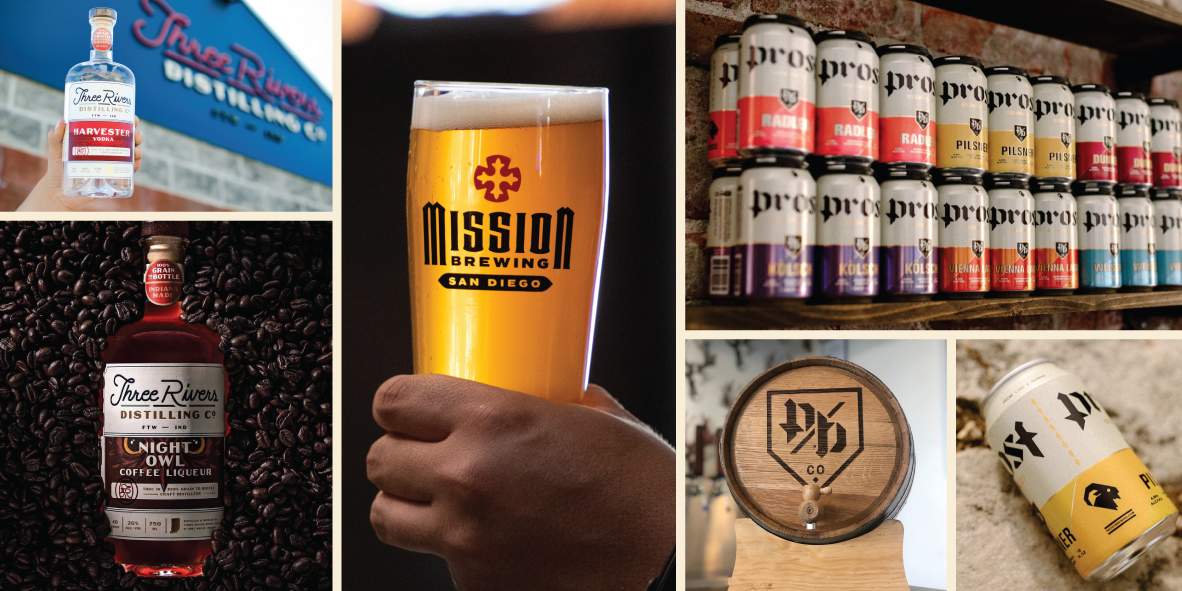
Leave a Reply
You must be logged in to post a comment.